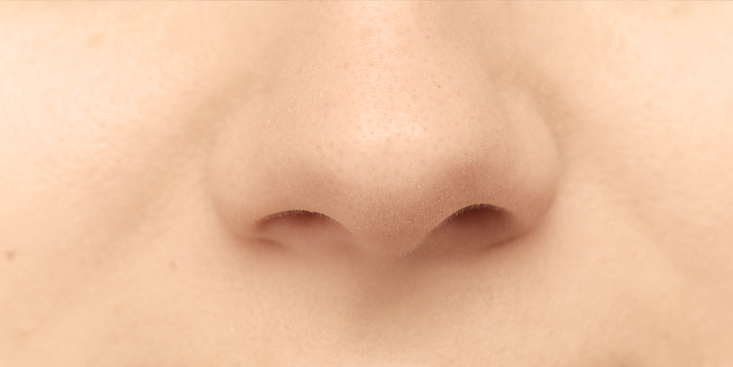How smart marketers are using sensory experiences to win in the showroom
You’ve invested time and money in creating a showroom experience that sets your brand apart from your competitors. The lighting is perfect. The colors and textures are sublime. Your displays always seem to delight your shoppers. In all, your showroom looks like a million bucks. But you still find yourself wondering: What are we missing?
It’s one thing to have a showroom that looks great. But marketers are beginning to discover the benefits of a comprehensive sensory experience – one that focuses on all of the other senses, as well. Said another way, sound, smell, taste, and touch may do as much or more to drive sales than simply how your showroom looks.
“Dr. Trygg Engen of Brown University conducted studies that found our ability to recall scents is much greater than our ability to recall what we have seen,” says a report from the Harvest Consulting Group.
Professors Anna S. Mattila and Jochen Wirtz have studied how scent and music drive in-store behaviors, especially product evaluations, consumer satisfaction with the shopping experience, and ultimately, sales. They reported, “Consumers’ evaluations of the shopping experience are significantly increased when the arousal levels of ambient scent and background music matched.”
Singapore Airlines was an early adopter of sensory branding. Notes the report from Harvest, “By scenting the hot towels that the flight attendants distribute before and after takeoff, they developed what is now the characteristic Singapore Airlines smell.” Westin went a step beyond. Not only does the brand feature its signature White Tea scent in hotel lobbies, but the brand also offers candles, oils and even a home version of the scent to consumers.
It’s no fluke that high-end brands are using sensory experiences to connect with affluent consumers. Data from the Shullman Research Center seems to indicate that shoppers of luxury goods have a different sense profile than the general population. That’s right: you read it correctly. Says Bob Shullman, “Sight and hearing are comparatively less important, and touch, taste, and smell are comparatively more important to this target market” compared to shoppers who don’t buy luxury brands.
Think about that for a moment. If affluent consumers are more tuned-in to touch, taste, and smell, then what more can you do to enhance your in-store experience?


